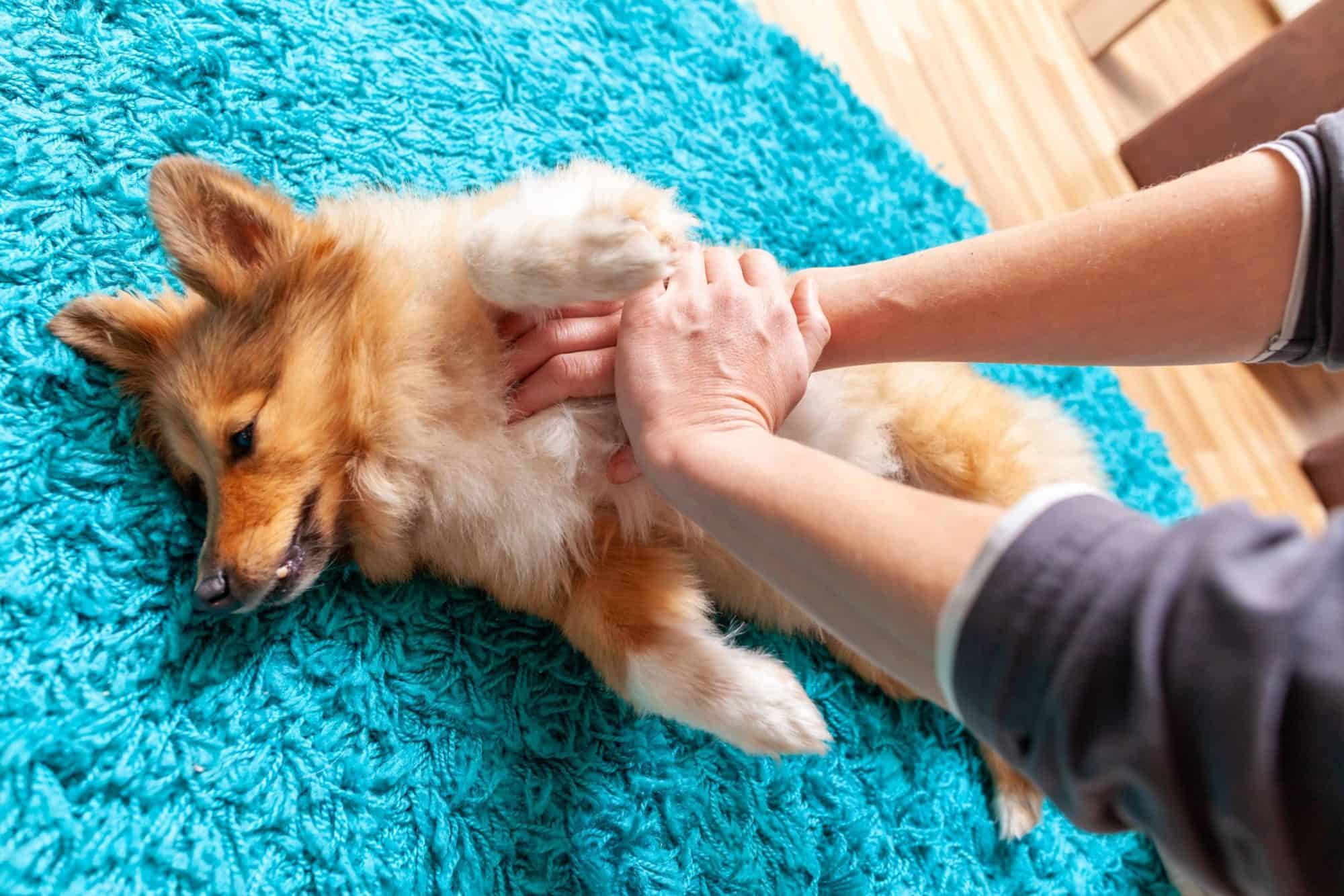Pet Safety: How to Perform CPR for Your Dog

If you are looking to up your pet emergency skills game, look no further. Mobile Vet M.D. has the information you need to learn the basics of pet CPR so that you are in the know in case you find yourself in an emergency situation.
Pet CPR Basics
If you are familiar with cardiopulmonary resuscitation (CPR) in people, you are already halfway there! Pet CPR is very similar to that which you might perform on a human.
If you have a pet who does not appear to be breathing, it is always a good idea to start CPR while someone else gets help. Basic steps include:
- Checking for a heartbeat and breathing before starting
- Starting chest compressions right away. In dogs and cats, the heart is right behind the elbow at the widest point of the chest. Lay the pet on their side. For small dogs and cats, you can use your fingers to start compressions. For larger dogs, put one hand over the other and compress with the heel of your hand.
- Compressions should be at about 100-120 beats per minute (the Stayin’ Alive trick works for pets as well) and should compress the chest by ½ to ⅓. Be sure to allow the chest to fully rise between compressions.
- Give 30 compressions then give two rescue breaths by closing the pet’s mouth, extending the neck, and blowing into the pet’s nose, causing the chest to rise.
- Repeat 30 compressions and two rescue breaths, checking for return to breathing or a heartbeat about every two minutes until you are able to have the pet evaluated by a veterinary professional.
Defibrillators are generally not utilized in CPR for pets as atrial fibrillation is not a very common cause of cardiac arrest.
First-Aid Skills for Dogs and Cats
It’s a great idea for animal lovers to know some basic pet first aid beyond CPR as well. Consider educating yourself about things like the Heimlich maneuver in pets, basic wound care, pet poisonings, and transporting a pet in an emergency.
You might also think about putting together a pet first-aid kit containing things like:
- Disposable gloves
- Cotton balls
- Gauze squares
- Blunt ended scissors
- Tweezers
- Antiseptic solution like chlorhexidine
- Alcohol
- Adhesive tape
- Ice packs
- Styptic powder
- Eye wash
- Artificial tears
- Hydrogen peroxide
- Towels
If you are eager to learn, you can enroll in a pet first-aid class or even invest in a good book to have on hand.
Of course if you are having (or even think you are having) a pet emergency, contact us right away. Time is key when an animal is in trouble, and we are here to help you.
